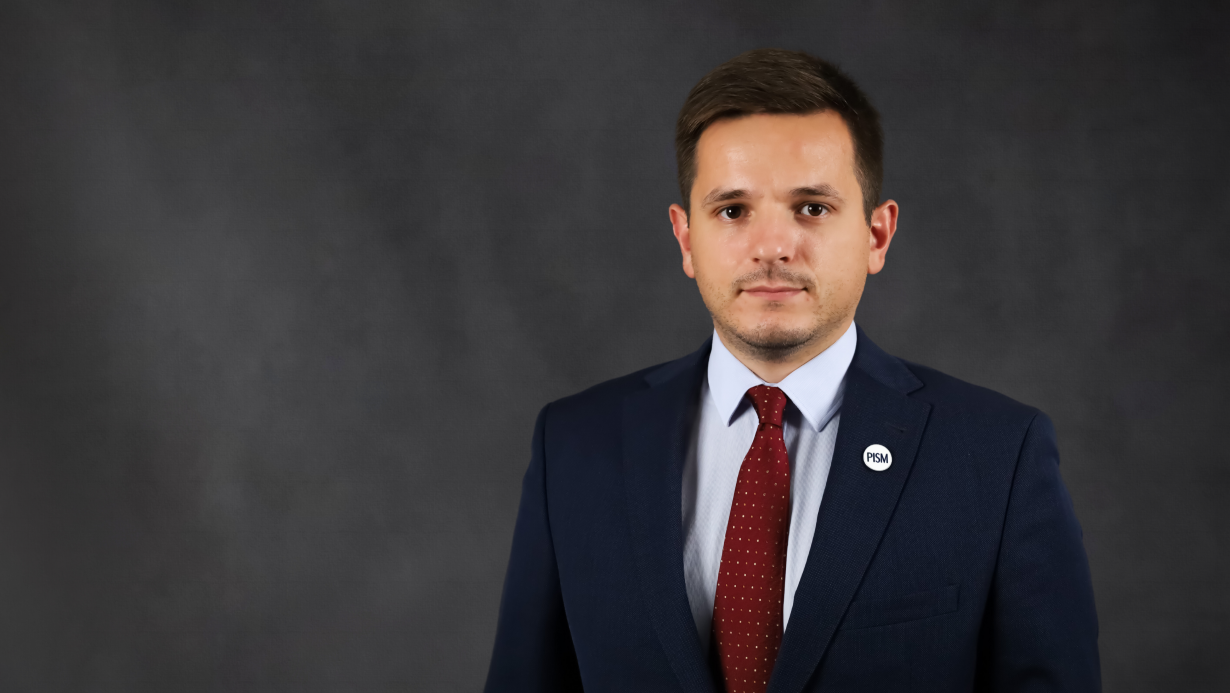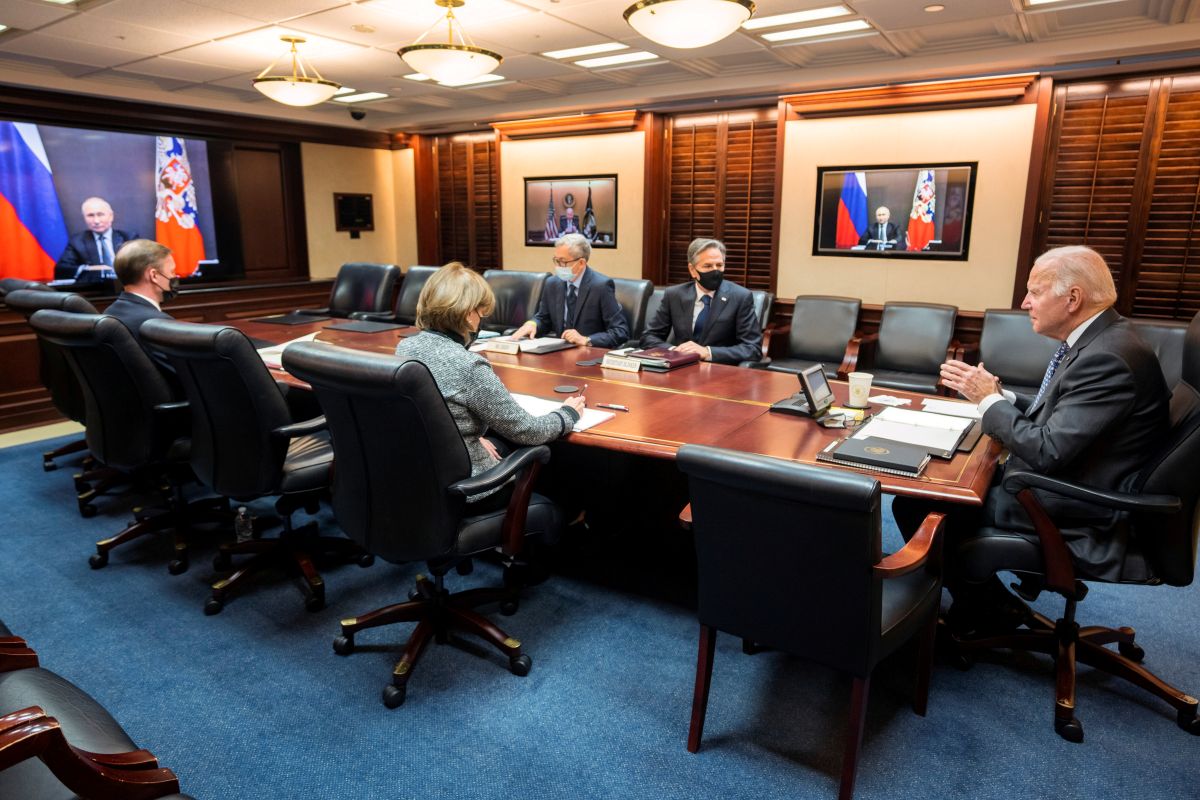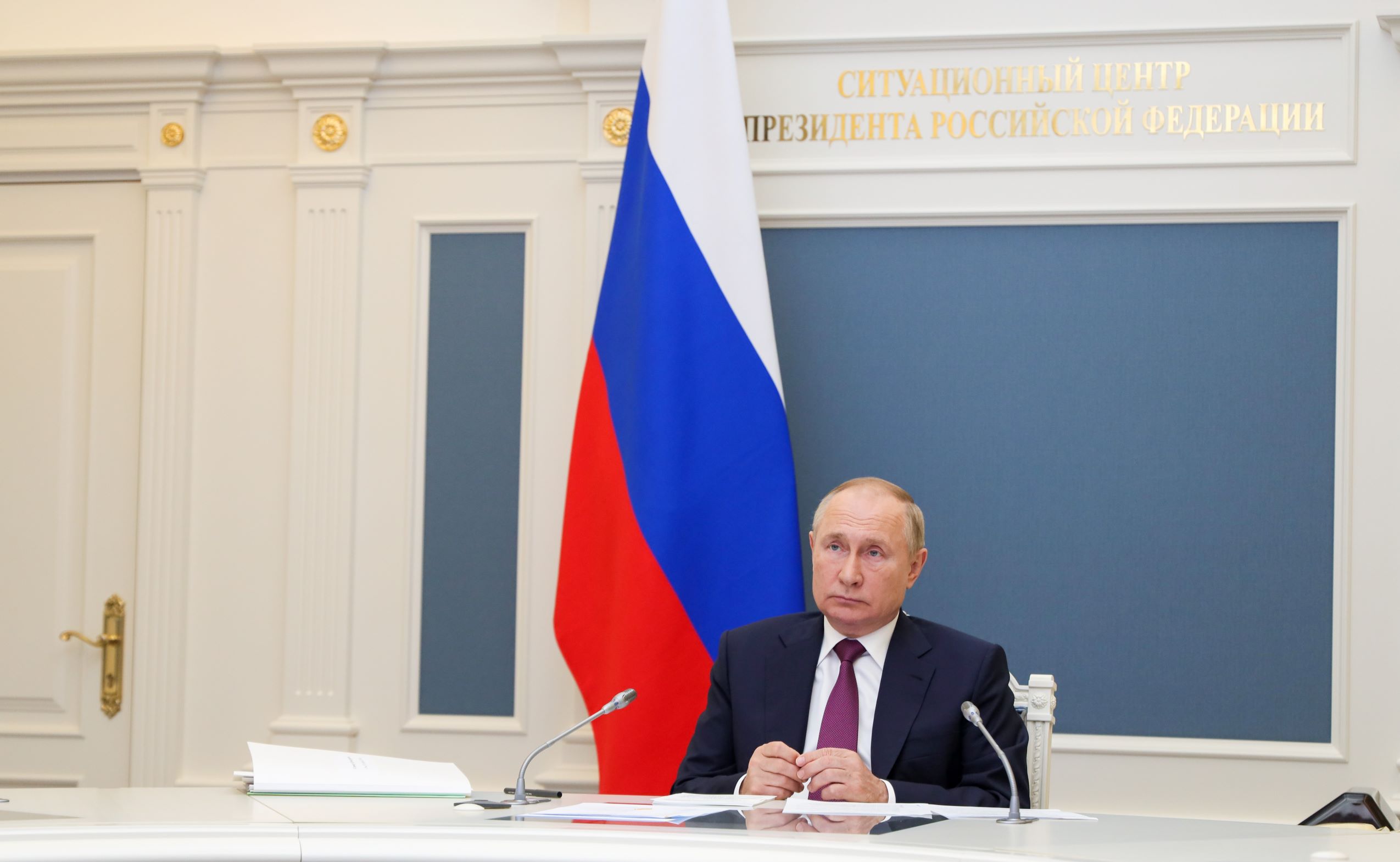U.S.-NATO Talks with Russia Yield No Breakthrough
On 9-10 January, U.S. and Russian delegations met in Geneva, and the NATO-Russia Council met on 12 January in Brussels. The U.S. and NATO rejected Russia’s demands to grant it several “security guarantees”, including non-enlargement of the Alliance. At the same time, the U.S. and NATO offered dialogue on the basis of reciprocity with regards to arms control, military transparency, and prevention of military incidents. Russia, however, stated that it did not deem it possible to continue the talks because its main demands were rejected.
_sm.jpg) fot. Aleksiej Witwicki/Gazeta Polska/Forum
fot. Aleksiej Witwicki/Gazeta Polska/Forum
What is the background of the talks?
In autumn, Russia again increased the number of forces concentrated along the border of Ukraine, heightening fears of another attack on that country. In December, Russia published a list of demands to the U.S. and NATO, followed by the publication of proposed draft treaties. Russia demands the exclusion of further NATO enlargement and a reduction in the U.S. and NATO military presence and activity in Russia’s neighbourhood, including termination of their cooperation with Ukraine and withdrawal of allied troops from NATO’s Eastern Flank. If the demands were not met, Russia threatened an unspecified response, including of a “military-technical” nature.
The U.S. and its NATO allies warned that in case Russia attacked Ukraine again they would impose new sanctions and may further strengthen their capabilities to defend NATO’s Eastern Flank. In parallel, they offered Russia security talks, including in special sessions of the U.S.-Russia dialogue, NATO-Russia Council (NRC) and at the planned OSCE meeting on 13 January.
How did the talks in Geneva and Brussels go?
The U.S. and NATO repeated their calls for Russia to withdraw its troops from the Ukrainian border and rejected the main Russian demands as going against fundamental principles of European security, respect for the sovereignty of nations, and the functioning of NATO. Instead the U.S. declared openness to dialogue on some of the issues Russia put forward in its proposals. The U.S. offered talks on mutual limitations on the deployment of ground-launched intermediate-range missiles (Russia has proposed a moratorium on their deployment and repeatedly denied U.S. and NATO accusations that it possesses such missiles). The U.S. also proposed to talk about limiting the scale and scope of military exercises in Europe and increasing their transparency. NATO made a similar offer (except for limitations on exercises), which also includes improving channels of communication.
Russia’s delegations to both meetings were led by deputy ministers of foreign affairs and defence, which was to demonstrate the significance it attaches to the talks. Russia reiterated its demands of non-enlargement of NATO and reduction of allied military presence on the Eastern Flank, suggesting before the talks that if these demands were not met, further dialogue could be deemed pointless.
What are the grounds for the U.S. and NATO positions?
The Biden administration and many NATO governments believe that not only deterrence but also dialogue are important instruments in preventing further Russian aggression against Ukraine. The talks are supposed to offer Russia the possibility of a diplomatic way out of the crisis, but also to make it more difficult for Russian propaganda accusing the West of escalation. Moreover, the U.S. and NATO proposals include mostly issues they had already offered in talks or at least allowed for such a possibility, even though Russia has long refused to convene another NRC meeting (the last one took place in July 2019). The U.S. also underscored that it will not discuss issues pertaining to Ukraine and NATO without their participation. Hence, the Biden administration intensified consultations with Ukraine and allies (including in the B9 format in December), focused in Geneva on issues related to bilateral arms control, and pointed to the NRC and OSCE as forums for discussions on other issues.
What is Russia trying to achieve?
Russia’s most important goal is to obtain a declaration that Ukraine and Georgia will not join the Alliance as that would be considered the greatest threat to Russian security. Such guarantees would undermine NATO’s image as a credible organisation for both its members and partner countries. Moreover, in making its demands, Russia had hoped that some of the proposals, such as talks on arms control and the avoidance of military incidents, would become the subject of debate in the Alliance and would spark disputes and discussions among the allies, weakening NATO’s political cohesion.
Given Russia’s declaration that it is not possible to continue the dialogue on security guarantees, it should be expected that it may increase the military pressure on Ukraine. It will continue to strengthen its military capabilities in the western strategic direction (e.g., by increasing the offensive potential in occupied Crimea and in Kaliningrad Oblast), which will require further adaptation by NATO and the Eastern Flank states.
What are the implications of the talks for NATO, including Poland?
The U.S. and NATO have maintained allied unity and rejected Russia’s demands that would allow it to build a “sphere of influence”. Giving in would undermine the fundamental principles of NATO’s functioning and essentially grant Russia a veto on some decisions of the Alliance and limit its ability to defend its Eastern Flank.
It would be disadvantageous if the U.S. and/or NATO made concessions in the areas they had offered to discuss (such as limiting exercises and missile deployments in Europe) on the grounds that doing so would help keep Russia interested in the talks. This would instead weaken NATO deterrence and defence abilities and encourage Russia to try to extort further concessions.
Holding talks and presenting the NATO and U.S. offers of dialogue, followed by a negative Russian reaction to the Western proposals, may help in mobilising the Allies in case of further use of force against Ukraine.




_Easy-Resize.com.jpg)


